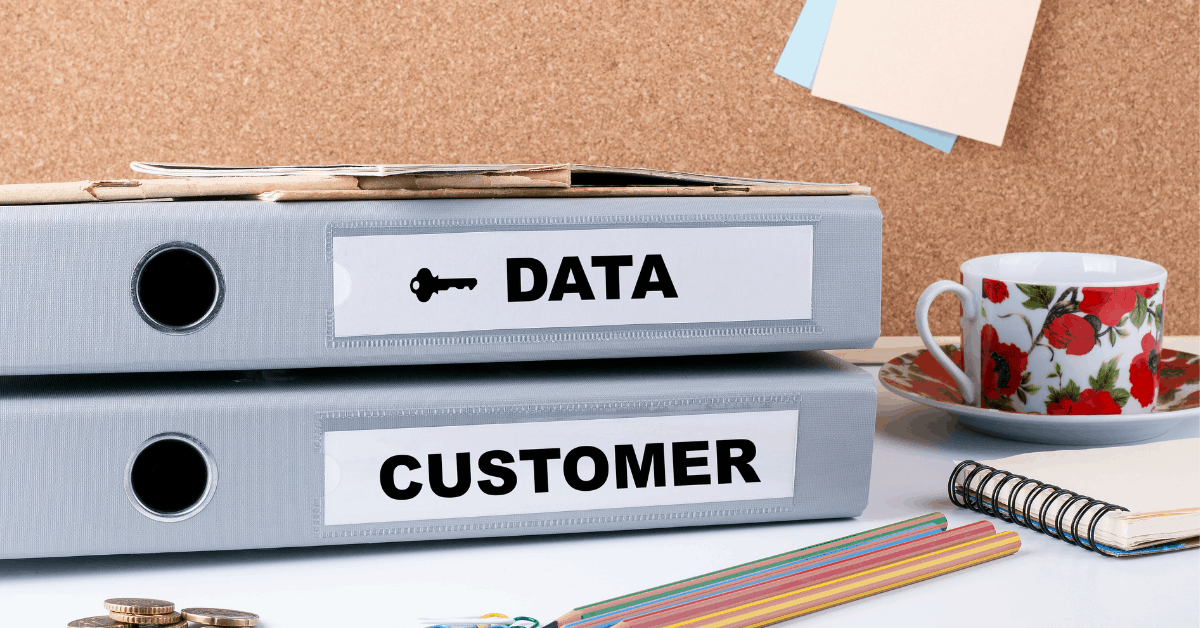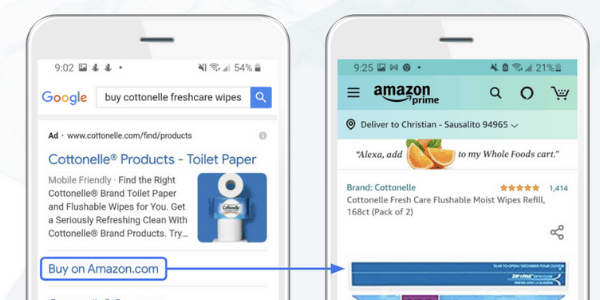
In today’s digital marketing landscape, a lot of importance is placed on the idea of being “data-driven.” However the term data-driven can actually be a bit too loose for describing an informed, data-based consumer goods analytics marketing strategy.
The best strategies don’t simply pour money into driving traffic via low CPC channels. Instead, they look at many different data sources, testing and learning, in order to pick the channel that not only drives traffic but grows revenue and builds loyalty.
For CPG marketers, there are three main types of insights, each with metrics that help form a full picture of which channels and strategies are most successful. Here are the most important insights for CPG marketers, along with some of the most important metrics for consumer goods analytics to guide campaigns that both generate excitement and grow revenue.
Customer Insights

Of course, understanding who a customer is and what their interests might be is one of the key consumer goods analytics for serving relevant advertising campaigns. However, customer insights have advanced rapidly as consumers increasingly become more comfortable giving up personal data in exchange for relevant advertising and better-personalized product recommendations. In fact, according to the recent Gaps in Customer Experience Harris Poll:
“53% of consumers surveyed said that they expect a brand to know their buying habits and preferences and should be able to anticipate their needs. Further, 37% said they would stop doing business with a company that doesn’t offer a personalized experience…The fluid, omnichannel buying journey is here, and unless a brand shows a customer that it cares about them along every mile of a dynamic journey, the customer may have switched brands by the time that all-important last mile comes into play.”
But what data is most important for determining not just who a customer is but how a product might fit their needs? Here are a few of the most important pieces of customer information for CPG marketers:
Demographic: This information is a basic understanding of who a customer is and includes age, gender, and household income, along with anything else that provides insight into audience segments.
LIfestage: Lifestage information goes beyond demographic information, as it provides insights into not only who a customer is but what their particular needs might be. For example, a 30-year-old who has just purchased their first home in a suburban area is likely to make much different purchase decisions from someone from the same demographic living in a city and renting.
Lifetime Value: This data relates to how many orders a customer has placed with a brand and their loyalty card data. Combining this data with demographic and lifestage data can help create a fuller picture of why customers become loyal to a brand, making it easier to target similar audience segments when planning a digital strategy.
Marketing Data

Marketing data is one of the most important consumer goods analytics because it delves into how audiences are connecting with advertising. As consumers increasingly embrace ecommerce, data around performance advertising, or what’s commonly known as PPC advertising, has become crucial. By collecting advertising analytics, CPG marketers are better equipped to make informed decisions around allocating budgets, setting efficient media bids, and further optimizing future messaging in order to drive return on investment (ROI).
Here are some of the most important marketing metrics for CPG marketers:
Web Analytics: This data focuses on who is viewing a website. Web traffic data provides consumer goods analytics around new versus returning visitors, page views, and content engagement.
Keyword Data: This is the cornerstone of PPC marketing and includes search volume trends and keyword query reports, both important for maximizing ROI on PPC campaigns.
Advertising Cost: Combined with keyword data, advertising costs help determine how much a campaign costs and help determine where to cap budgets for keyword bids.
Retail Analytics

The digital shelf refers to the choice of products consumers encounter online. In a brick-and-mortar store, shoppers have a finite number of products laid out before them. But online, the choice is virtually endless. Gathering information about online retailers, including information about your competitors’ products, is crucial for winning the digital shelf.
Some important metrics to consider include:
Price comparison: Look at prices for similar products from competing brands across websites. Additionally, look for product variations that affect price, along with supply and demand curves.
Competitive Intelligence: This metric refers to share-of-voice in order to understand where your company ranks in relation to your competitors when it comes to keyword rankings. But it also includes intelligence around competitor prices, promotions, sales, and traffic. Be sure to note when competitors products are out of stock as well.
Sales and Traffic: It is important to monitor sales in real time, with an eye toward average order value and the performance of your promotions.
And if you’re having a hard time getting a clear picture of which consumer goods analytics are important for building your data-driven advertising campaign, consider adopting technology that provides you at-a-glance insight into your most valuable data.
Skai’s intelligent marketing platform with consumer goods analytics and more!
Skai empowers the world’s leading brands and agencies across industries to manage omnichannel digital marketing campaigns. Our intelligent marketing platform includes solutions for retail media, paid search, paid social, and app marketing.
We’ll keep you at the forefront of the digital evolution with data and insights, marketing execution, and measurement tools that work together to drive powerful brand growth. Client results include:






